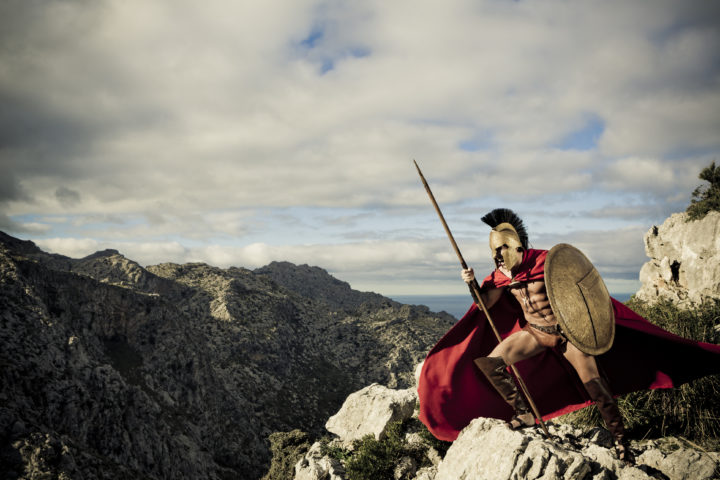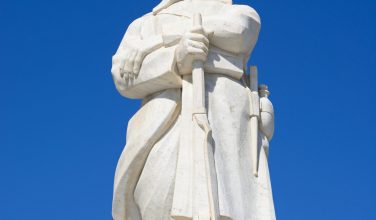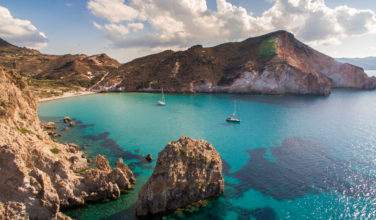History of the Battle of Mantinea
Comments Off on History of the Battle of Mantinea
 The Battle of Mantinea was fought between the Thebans and the Spartans on July 4th in 362 B.C. The Thebans were led by Epaminondas and helped by the Boeotian league and the Arcadians. King Agesilaus II led the Spartans and was backed up by the Athenians, Eleans and the Mantineans. The outcome of this battle would determine who would dominate Greece. Here’s more information about this battle:
The Battle of Mantinea was fought between the Thebans and the Spartans on July 4th in 362 B.C. The Thebans were led by Epaminondas and helped by the Boeotian league and the Arcadians. King Agesilaus II led the Spartans and was backed up by the Athenians, Eleans and the Mantineans. The outcome of this battle would determine who would dominate Greece. Here’s more information about this battle:
Who Fought in This Battle
In 362 B.C., in a field near Mantinea, the Thebans and the Spartans met up for battle. King Agesilaus II led the Spartans and Epaminondas led the Thebans. King Agesilaus II was assisted by Cephisodorus of Marathon, Podares of Mantinea, Athenians, the Spartans, Eleans and the Mantineans. Epaminondas was helped by the Arcadians who were loyal to the League and contingents from the Boeotian League. People from the city-states of Tegea and Megalopolis were typically on the Thebans’ side.
Strategy of the Battle
Even though both sides were highly competent, the victor was Epaminondas at the battle. He modified the tactics he had used in previous events to prevail in this battle. He placed the Boeotians on the left side of his army to form a deep line of soldiers, called hoplites. In setting up the formation this way, along with the typical triangle formation of troops, he established superiority on the left while holding off the battle in the center and right side that were weaker. This allowed the line to work its way through the opponent’s classical formation of a phalanx. The phalanx was a formation of competent armed and armored soldiers between eight to twelve deep that would attack as a group. The deep line of soldiers on the left was led by Epaminondas himself.
The Theban strong line of soldiers and the regular army faced off with the Spartan army and drove them off. The Thebans marched across the front of the enemy line, then executed an about-face and attacked the enemy’s right side, where the Mantineans were located. Podares, the Mantinean leader, was killed and the Mantineans then fled the battle. Epaminondas was fatally wounded in the battle and his successors, Iolaidas and Daiphantus, also perished.
Aftermath of War
Before Epaminondas died, he was told of the deaths of Iolaidas and Daiphantus, his fellow leaders. He informed the Thebans that they should make peace with the Spartans, even though they had won the battle. He knew that without competent leadership, the Thebans would not have a hope for dominance. The Spartans had suffered such a loss in the battle and were not able to quickly replace their numbers. This allowed the Macedonians to rise to success by taking advantage of the weakness of the Spartans and the Thebans after the battle.
While both sides of the Battle of Mantinea were skilled, courageous soldiers, fatalities on the battlefield changed the dynamics of each group. Even though the Thebans were technically the victors, with the loss of leaders and numbers, they were unable to hold on to their place of victory. Epaminondas was a great leader, but his campaign to sap the city-states of their strength cleared the path for the Macedonian conquest.
Source:
Categorized in: Ancient Greek History
This post was written by Greek Boston





